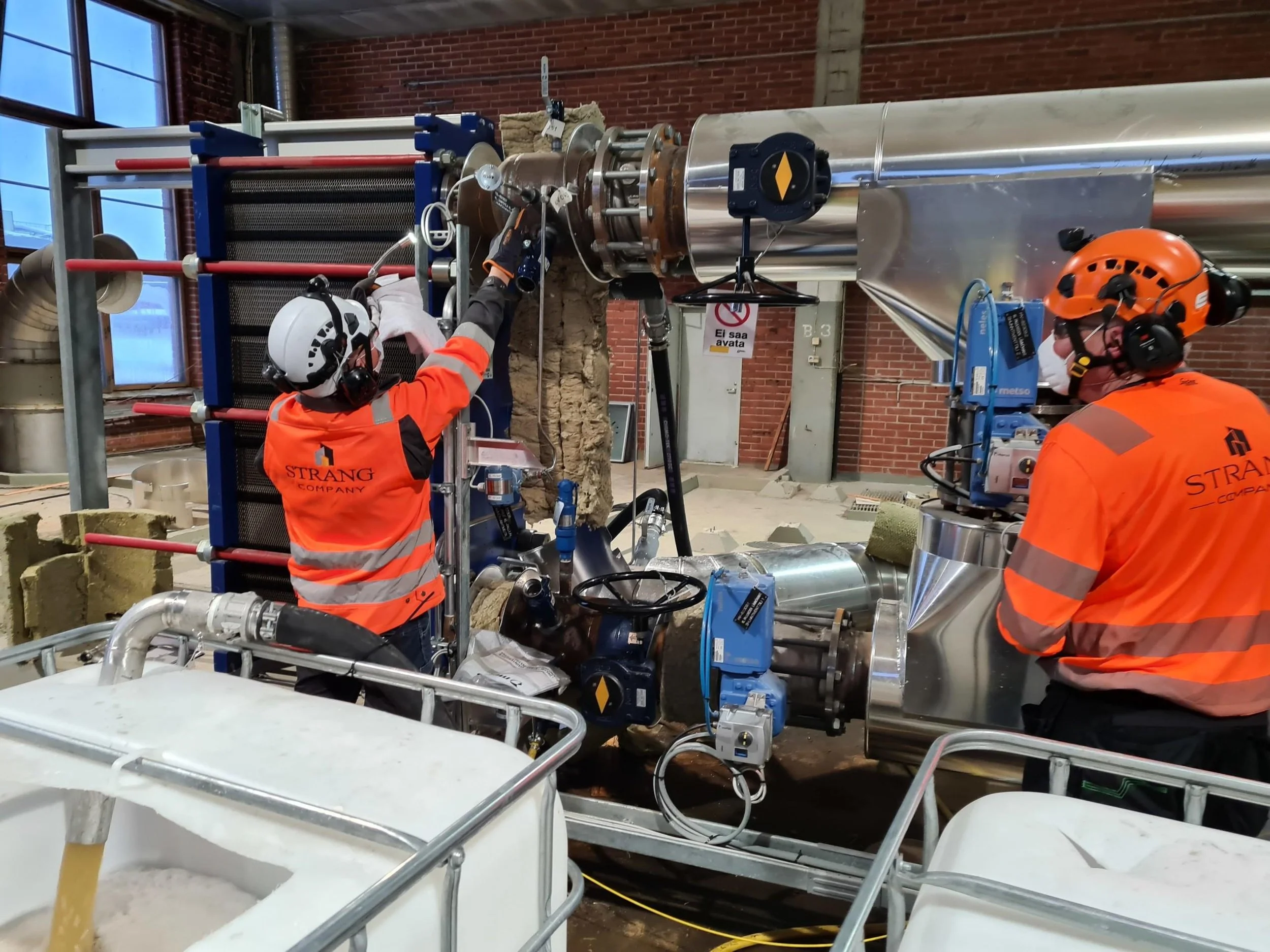
How Small Energy Savings Lead to Millions in Profit
When energy production is already at peak efficiency, what are the next steps to take?
The saving potential in industrial energy usage is significantly higher than initially thought. While we have hyper-optimized energy production processes, the optimization of energy usage is still in the very beginning.
Energy efficiency is a simple concept. The more effective you are in using energy, the less you need to produce. The less you need to produce, the lower are your costs and carbon emissions.
The improvement of energy production has been a long-term focus for many industries. For example, in the paper industry energy is produced by burning fossil and biofuels in a boiler. Through continuous improvement, these CHP-boilers have already been able to reach an efficiency rate of 95%. The remaining development potential is marginal.
For a medium-sized 100 MW boiler, a single percent increase in efficiency equals one additional megawatt of power. With energy costs at 15€ per MWh, this means approximately 120,000€ in annual savings.
In pulp & paper mills, heat recycling happens through industrial heat exchangers. A single plant can contain hundreds of these heat exchangers. The heat energy that is produced by the boilers is transferred throughout the entire production process through the heat exchangers.
According to HeatHamster measurements, the efficiency of the heat exchange processes averages between 40 to 70 percent. This means that nearly half of the energy produced in the hyper-optimized energy production process is going to waste through the heat exchangers.
On the other hand, this means that there is a 30 to 60 percent energy efficiency potential which can be achieved by optimizing the heat exchangers. On a plant level, this means energy savings of tens, if not hundreds of megawatts.
Good things come in small amounts
So why has the efficiency of energy usage been neglected for so long? Why have we only focussed on energy production?
“Energy production is a centralized task, as opposed to energy usage, which is fragmented across countless processes. It is much more appealing for engineers to focus on optimizing a large centralized process. But through digitalization, we’re able to pinpoint which fragments should be optimized.”
IndMeas CEO, Risto Kuoppamäki explains.
Small gains result in million-scale profits
“When all heat exchangers operate at peak efficiency, even a small paper mill can achieve profit increases of a few million Euros. On a global scale, this easily comes down to about 3 billion in increased profits. Not to mention the positive impact this has on the environment.”
HeatHamster is the first service in the world to offer heat exchanger ‘energy savings-as-a-service’ for the pulp & paper industry. Once implemented, plant personnel will see their heat exchanger performance and cost savings in real-time.
One of the biggest factors influencing heat exchanger performance is fouling. HeatHamster will automatically detect when a heat exchanger requires cleaning and orders a cleaning-in-place partner to execute the cleaning. All without any additional effort from the plant personnel.
Annually HeatHamster helps companies save more than 5,000€ in profit per megawatt, avoid hundreds of hours of unscheduled downtime, increase the lifespan of their equipment and significantly decrease their CO2 emissions.
Want to learn more about how HeatHamster can increase your mill’s operational efficiency and profit? Book a free consultancy session with our experts!

